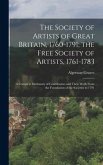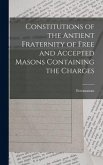As a theoretical concept, the ice-free corridor has given researchers a recognizable route for the Late Wisconsinan human colonization of the Americas. This book re-examines that potential role by critically assessing plant and animal remains radiocarbon dated to between 9000 B.P. and 20000 B.P. To meet its theorized role as a north-to-south Late Wisconsinan human migration route the corridor must fulfill two criteria: 1. that eastern Beringia could have supported human populations before Clovis appeared ( 11500 B.P.) south of the ice sheets; and 2. that evidence from the corridor area shows that it was a biogeographic corridor capable of supporting human life. The results support the first criterion but not the second. It was concluded that the ice-free corridor could not have been used as a north-to-south human migration route during the Late Wisconsinan.








